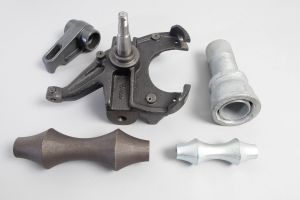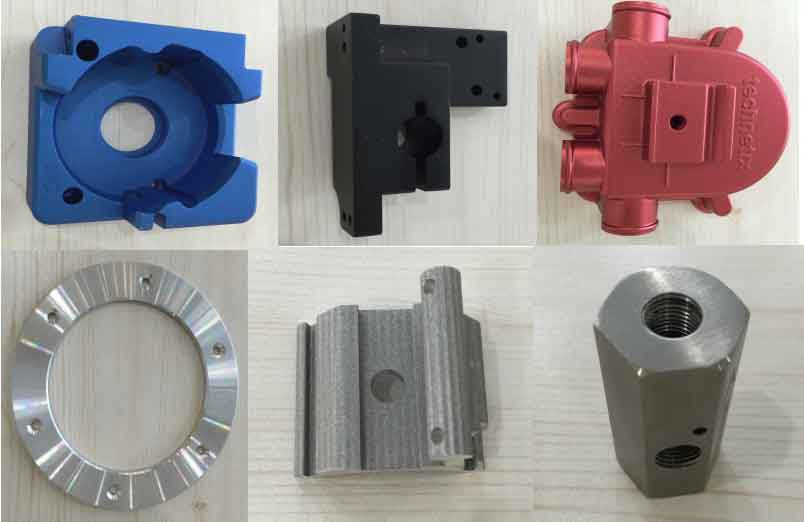There are several different methods that are available for casting a part. The most popular methods include, die, sand, and investment casting. Each method uses a slightly different process but delivers the same results. The casting method used depends on the metal or alloy being cast, and the dimensions and geometry of the part design, among other factors.
Because molten metal flows much like a liquid, and can completely fill all areas of an intricate mold shape, metal casting is the preferred process for creating complex metal parts. Metal casting is also far better suited for making parts that require internal cavities. There is essentially no upper or lower size limit for cast parts, making it the ideal method for small to very large parts.
Metal Casting Advantages
Metal casting provides several distinct industrial advantages, some of which include:
- Accepts higher tolerances for more detailed part designs
- Creates closer to net-shape parts that require less secondary machining/processing
- Nearly always lighter than otherwise-identical forged parts
- Easier and less time-consuming modification of part designs and accompanying molds
Metal Casting Disadvantages
Metal casting is not always the preferred method for creating parts, some of the disadvantages include:
- Often exhibit more surface porosity than forged parts and may contain unintentional voids
- Not as tough as forged parts (cannot withstand as much pressure or frequency of impact)
- Requires more operator monitoring and interaction to maintain quality and prevent defects


